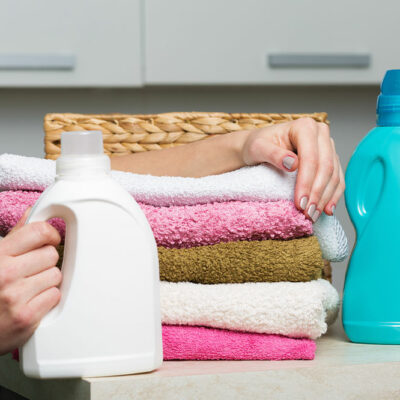
7 mistakes to avoid when choosing an assisted living facility
It might not always be possible to serve seniors with mobility issues at all times, so one can consider enlisting the services of an assisted living facility, also called adult care facilities or residential facilities. These home-like communities help older individuals perform daily tasks and care for their medical and safety needs. However, selecting a suitable facility is not always easy, and some mistakes can affect the service quality and the experience of the elderly.
Not evaluating the choices in advance
Oftentimes, people tend to consider an assisted living facility only when they’re faced with an urgent need. But delaying this until the last minute can lead to rushed decisions, inadequate research about potential facilities, and hastily admitting an elderly loved one into the first available option. It’s best to shortlist and choose assisted facilities well in advance, even though one may think it won’t be needed anytime soon. Avoiding such hurried choices can help one ultimately get the best care arrangements for their loved ones.
Not researching thoroughly or asking enough questions
Just checking out the nearest facilities and shortlisting them is not enough . The research process is crucial, and how it is conducted can greatly impact the final decision. Asking the right questions during the research phase is also vital in selecting the most suitable facility for older adults. Here are some important ones not to miss:
- Is the assisted facility in close proximity and easily accessible to the close ones of the elderly ?
- What kind of amenities do they have? Needs may vary from one person to another. For example, an elderly person suffering from Alzheimer’s may need cognitive stimulation activities, special safety measures, and secure environments to prevent wandering or confusion. So, amenities such as memory care units and staff trained in dementia are a must.
- Are caregivers competent to handle all emergencies? Pay attention to the staff’s communication and comprehension skills because seniors may not always be able to communicate their needs perfectly, especially in case of emergencies. One should also ensure the caregivers are patient and compassionate when dealing with one’s family as well as the existing residents at the facility.
- What are the costs involved?
- Does the faculty have laundry and housekeeping services?
- What kind of activities does the facility offer—like yoga, walking, jogging, painting, writing, technology, and others? Are they suitable for one’s loved one, and are there enough of those?
- What type of nutritious meals does the faculty serve, and is it up to one’s standard?
- What type of safety arrangements or medical alert system does the facility have in place ?
- Are the shared common areas like dining , pool, walking tracks, and cinema hall well maintained and satisfactory?
- Do they have on-site doctors and pharmacies?
Not exploring multiple options
Exploring multiple options means one can weigh the pros and cons of different facilities, including staff behavior, cost of admission and maintenance, location, amenities offered, and the overall atmosphere and culture of the facility. Not thoroughly evaluating this can lead to subpar experience or unmet expectations.
Not prioritizing the patient’s comfort
There may be some cases where the elderly may not be equipped to make sound decisions due to their health, but in most cases, it’s important to include them in deciding which facility brings the most comfort and ease to the patient. Consider and talk to them about their requirements, the areas where they need the most help, the type of food they’d prefer, and their general likes and dislikes.
Prioritize their preferences before choosing a setting to avoid any regrets or stress for the elderly later. While all facilities may be equipped to handle emergencies and may have robust, quick-thinking staff and systems in place for utmost elderly care, some people may have preferences for the rooms, outdoor and indoor setup, the activities, the staff members, residents at the facility, and other factors. One is advised to run over all these factors with seniors to arrive at a decision.
Not reading the contract
Read the contract’s fine print. Unexpected charges related to housekeeping or food services, entrance fees, deposits, rules related to payment schedules, and late fees may be hidden. It’s best to run the contract through an attorney before signing up, just to be safe.
Not taking a tour
Know that the staff is willing to take people on a tour of their facility to give them an overview of what’s being offered. Some areas may also have “senior living bus tours” to different community centers. Not signing up for such free tours can be a costly mistake.
Not considering future needs
Aging can bring different types of challenges as time goes on, and it’s important to carefully consider the choice of an assisted living facility. Choosing a facility solely based on one’s current needs may result in the need to relocate if the needs of the seniors change short-term after moving in.
What’s the cost of an assisted living facility?
It depends on the location, but one may have to shell out between $3,500 and $6,750 per month to pay for their services. The cost may fluctuate depending on the city, services, and specific elderly needs.


